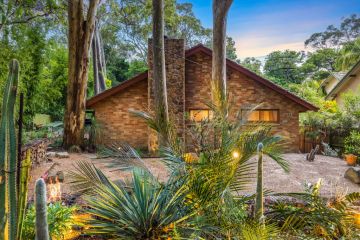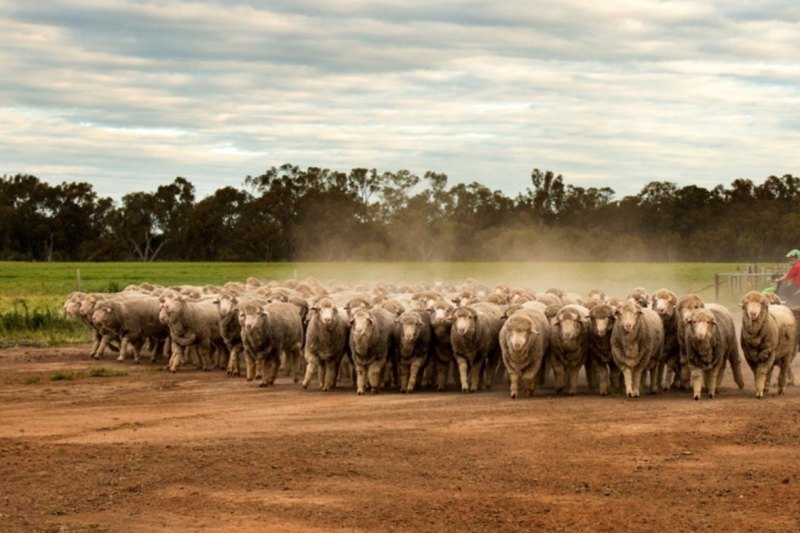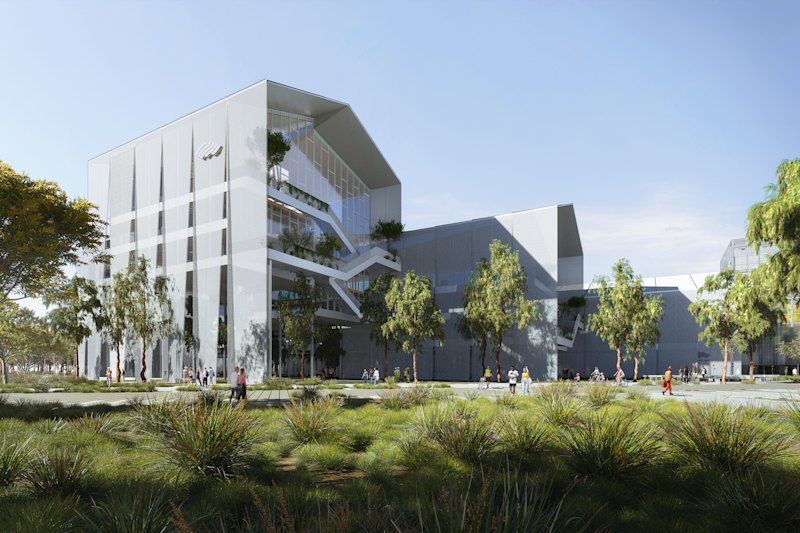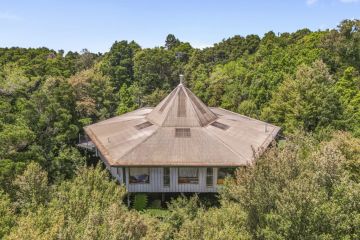Melbourne's pocket parks: the green spaces you get when none exist
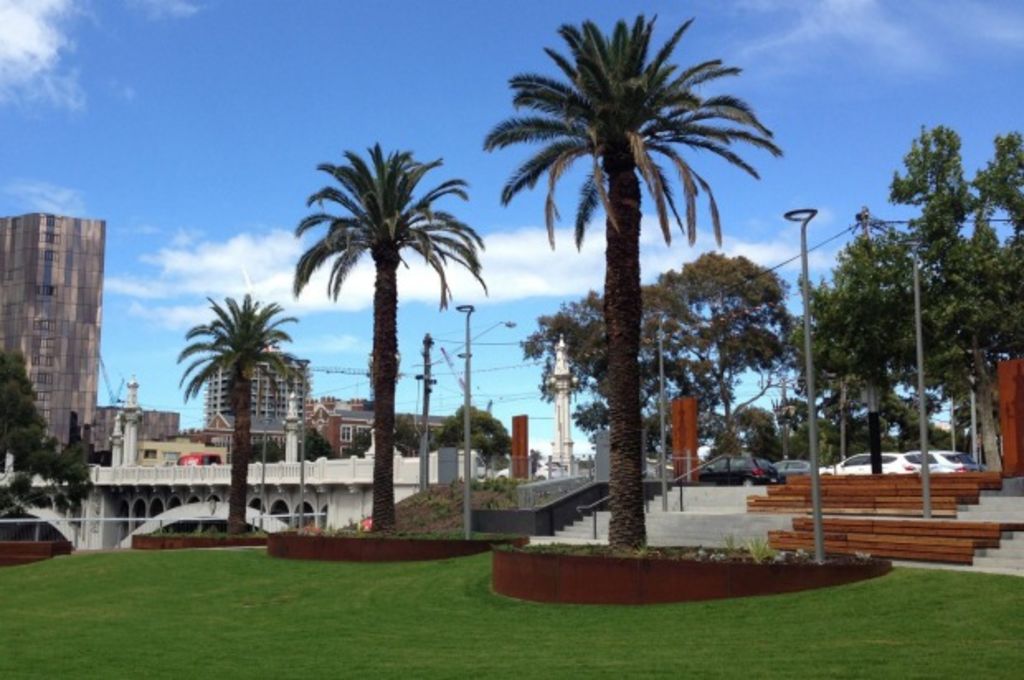
Melbourne’s layered inner suburbs that have been so enthusiastically re-colonised by gentrifiers and now by the hipsters, lack one very important attribute: public open spaces.
Developed by Victorian-era property speculators intent on cramming as many jerry-built terraces as they could into small subdivisions, or by red-brick industrialists, parks and leafy places weren’t on their planning agendas.
Now in a remediation process, proactive councils such as Stonnington, Port Phillip and Yarra are reintroducing recreation spaces, albeit mostly on a small scale.
Council owned carparks, redundant commercial buildings and in some places, sections of roads, have been converted into “pocket parks”.
Since starting its “Converting Roads to Parks” program in 2009, Yarra Council has created four new parks in Collingwood, Abbotsford and Richmond. In one case it pulled down the “fortressing” walls at Collingwood Football Club’s abandoned ground at Victoria Park and added attractive landscaping to create a very large recreation facility.
Justin Hanrahan, Yarra’s manager of recreation and open space, says the multi-million dollar redevelopment of Victoria Park – which retains some of the old stands and terrace seating, and is still used for football and cricket – “is Yarra’s most significant contribution to parkland for many years”.
“It’s a very interesting use of an old asset,” he says.
The Open House Melbourne organisation last weekend organised three different tours of the new parks.
Hanrahan led the Collingwood posse on a tour that commenced at a corner park in Peel Street that replaced a carpark and office building with sculptural furniture and staggered blocky plinth structures that encourage sitting, climbing and conversations between strangers.
That’s one of the intentions according to a landscaper who worked every millimetre of Peel Street to have “a diversity of uses” and precisely that dialoguing outcome. Justin McNamee of En:locus says designing these “very valuable spaces” is very much about “provoking chance encounters:
“An older person might sit next to a younger person and strike up a conversation,” he says.
Another close-by pocket park closed a section Oxford Street giving it seating, a sloping stretch of grass and night lighting that has made a space so far very respectfully treated by users.
At Victoria Park, it was federal government and Yarra Council money that went into the remediation. The smaller parks have been funded through the compulsory contribution of 4.5 percent of the value of completed projects made by residential developers towards improving neighbourhood amenities.
The new parks have become, according to Yarra mayor Jackie Fristacky, “surprisingly delightful gems nestled among Yarra’s urban landscape”.
The makeover of a redundant riverside freeway ramp in Richmond was another interesting project in the scheme that Hanrahan says could ideally put a recreational place within 400 metres of most residences and apartments.
“When people live in one bedroom or studio apartment, these assets are invaluable. They’re also valuable to local workers,” he says.
We recommend
We thought you might like
States
Capital Cities
Capital Cities - Rentals
Popular Areas
Allhomes
More
- © 2025, CoStar Group Inc.
